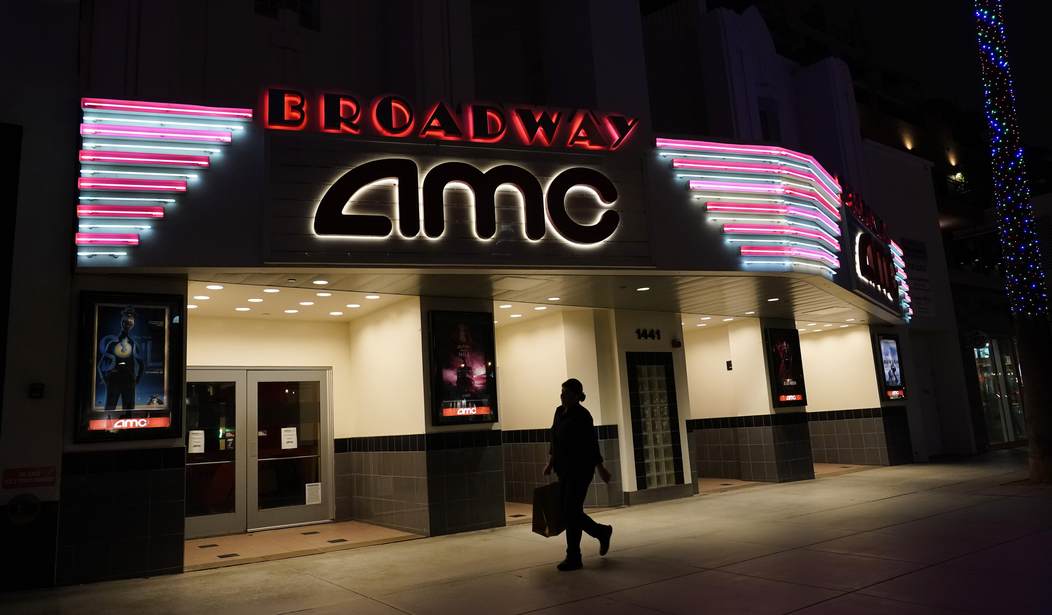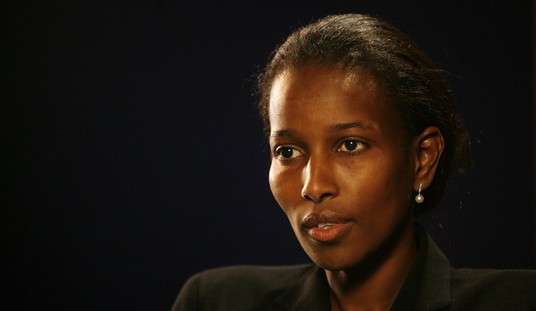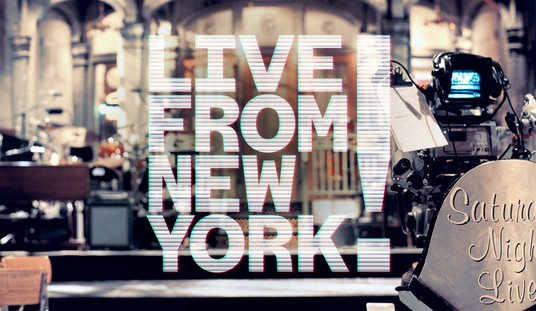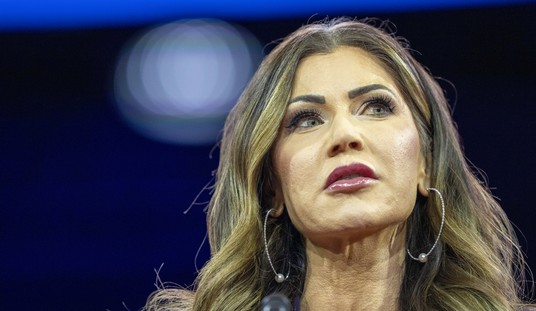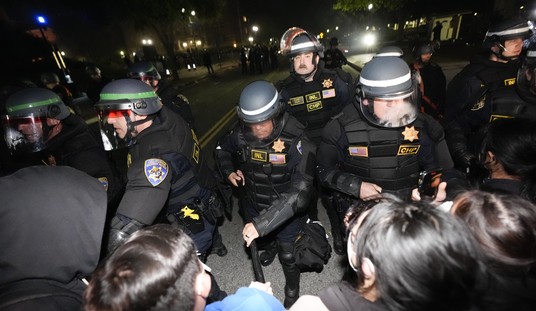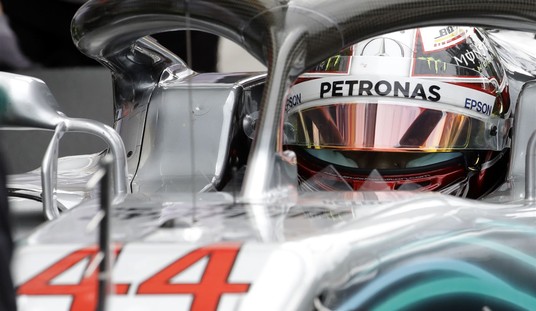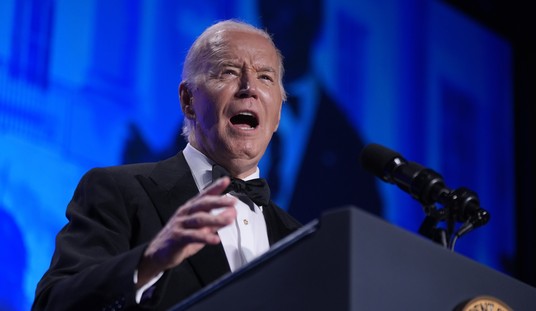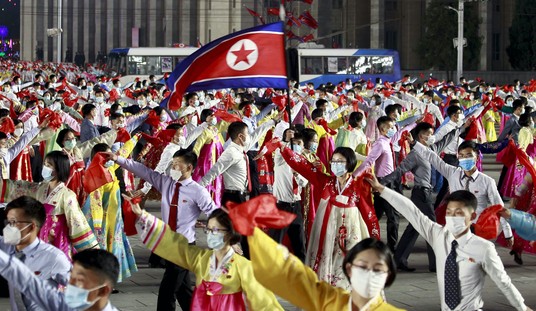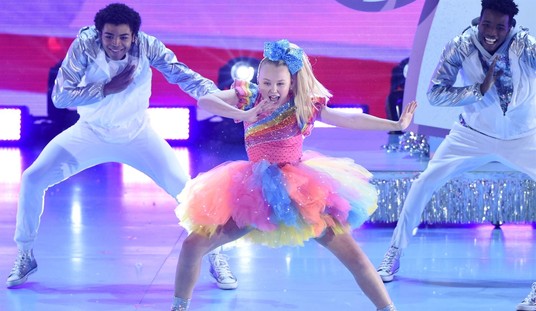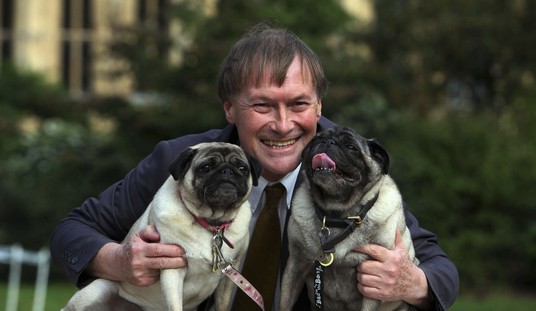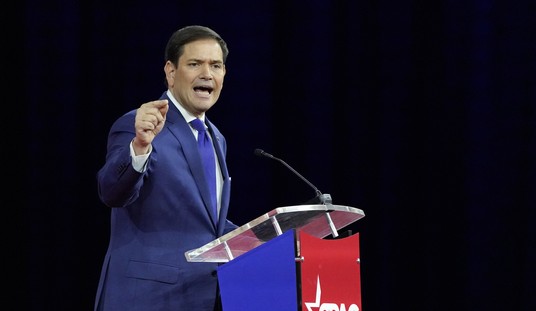Three Great Movies (That Couldn’t Be Made Today.)
A lot of our favorite movies from recent history (let’s say, the Seventies, Eighties, and Nineties) could be neither filmed nor released in today’s hyper-sensitive environment, although there are a few signs that this trend may be changing. Some of those films are not only entertaining but defining; some of them are near-perfect within their genres.
Three come to mind, one drama, two comedy. These are examples of nearly perfect movies that couldn’t be made today.
Criteria:
The movies should demonstrate excellence in scripting, in cinematography, and in casting.
LadyHawke (1985)
Of the three, this is the one that lacks any real “woke” objections. But the male lead just oozes toxic masculinity, being that he is strong, capable, accomplished in battle, and brave. There is also a priest shown being honorable and helpful, although the primary villain is a Bishop. One of the supporting actors has an ongoing conversation with God. Not very PC.
Directed by Richard Donner, soundtrack by Alan Parsons (making that soundtrack an actual Alan Parsons project.) The only downside to this movie is the soundtrack, which is overall quite good but, in some places, jarringly loud.
Story:
A knight and warrior, Etienne Navarre, falls in love with Isabeau of Anjou, the ward of the corrupt and evil Bishop of Aquila. Jealous of the couple, the Bishop calls down a curse; during the day, Isabeau is condemned to the form of a hawk, while by night, Navarre is trapped in the body of a black wolf. Only for a moment at sunrise and sunset may they glimpse each other with human eyes.
Navarre intends to kill the Bishop, but on his road back to Aquila encounters a young thief, Philippe the Mouse, and reunites with his mentor, a priest named Imperious. Together the four learn how to break the curse, enable Navarre to confront the Bishop, and end the couple’s torment.
Cast:
Rutger Hauer as the grim, forbidding Etienne Navarre, a warrior, deeply in love with the woman with whom he shares a terrible curse. Hauer is brilliant, dark, and serious but shows the occasional flash of humor.
Michelle Pfeiffer is almost impossibly beautiful as Isabeau of Anjou. She is strong and determined, not a typical damsel in distress, and in the end, opposes Navarre’s plan at a crucial juncture, leading to their success.
Matthew Broderick as Phillipe Gaston, “the Mouse,” a thief who escapes from the dungeons of Aquila and falls in with the cursed couple. Broderick is wonderful in this role; his ongoing one-way dialogue with God adds a needed note of whimsy to the film.
Leo McKern lends strong support as the monk Imperius: Pompous, obese, and hard-drinking, yet in the end, a staunch ally who learns how to break the Ladyhawke curse.
John Wood as the Bishop and Ken Hutchison as Captain Marquet, Captain of the Guard of Aquila, turn in great performances as the villains of the piece. Wood’s Bishop is arrogant, bloody-minded, cynical about his religious title, and utterly heartless, while Marquet is tough, vicious, driven, envious of Navarre’s former status as Captain, and unforgiving to any who still show Navarre any loyalty.
Why it couldn’t be made today:
Grim, determined hero who exudes toxic masculinity. Religious figure as positive, helpful.
The film is action-packed and has a happy ending, but some scenes are heart-breaking:
Blazing Saddles (1974)
There’s just no way Mel Brooks’ greatest achievement could be reproduced today. The language (repeated use of the N-word), the off-color jokes, none of it would pass muster in today’s environment.
Directed by Mel Brooks, who also co-wrote the script and the music and lyrics for much of the soundtrack. Brooks’ brilliance shines through in every frame of this, his masterpiece.
Story:
A railroad is being built through the town of Rock Ridge, in an unnamed territory in the American West, in 1874. The railroad workers are bossed by a loud, profane, abusive man named Taggart at the head of a gang of comical goons. Bart, a black man who is one of the railroad workers, hits Taggart on the head with a shovel, resulting in Bart’s being sentenced to be hanged at the order of Hedley Lamarr, the territorial Attorney General/Procurer.
Instead, after the murder of the Sheriff of Rock Ridge, Lamarr comes up with the notion of appointing Bart as the new Sheriff, reckoning that this will alienate the townsfolk and enable Lamarr to seize the town in the confusion. After convincing the Territorial Governor, the dim-witted, corrupt William J. Le Petomane, he sends Bart off to Rock Ridge to the accompaniment of Count Basie’s orchestra.
After forming an alliance with the drunken Waco Kid, who has the “fastest hands in the world,” and the massive man-thing Mongo, Bart comes up with a plan to save Rock Ridge from the machinations of Lamarr and his army of thugs, earning the love and respect of the townsfolk.
Cast:
Cleavon Little is brilliant as Sheriff Bart, a clever-minded railroad worker who, after being sentenced to be hanged, is instead appointed as Sheriff of Rock Ridge to alienate the populace; instead, he wins their respect and saves the town after appealing to the townspeople’s sense of cultural history: “You’d do it for Randolph Scott.”
Gene Wilder turned in his usual great comedic performance as “Jim,” AKA The Waco Kid, whose inhumanly fast handling of twin revolvers makes him the perfect backup to Sheriff Bart.
Harvey Korman is Hedley Lamarr, the mastermind of all things crooked and corrupt. Korman is perfect for the part: Fawning at times, scheming always, consumed with greed and lust, especially for the temptress Lili Von Shtüpp.
Speaking of: Madeline Kahn channels her inner Marlena Dietrich as Lili Von Shtüpp, the Teutonic Titwillow, a stage temptress sent by Lamarr to seduce and abandon Bart. Instead, she ends up falling in love with Bart and assisting him against Lamarr’s machinations.
Slim Pickens shines as Taggart, Hedley Lamarr’s henchman, organizer, thug-in-chief, and sometimes bath assistant. He combines ruthlessness, foul humor, and stupidity in a great comic combo, a parody of the typical Western henchman/thug.
Alex Karras is Mongo, the giant, rocklike brute who is sent to kill Bart but instead becomes his loyal helper after “…Sheriff first man ever whip Mongo. Mongo impressed.”
And finally, Mel Brooks steps in front of the camera as the sex-addled, scheming Governor Le Petomane, who wears a suit jacket emblazoned on the back with “GOV.” Brooks also appears as a Sioux chief, speaking to the other Sioux in Yiddish.
Also, one must give a nod to the huge supporting cast, especially the townspeople of Rock Ridge, who all inexplicably share the same surname, Johnson.
Why it couldn’t be made today:
Racist humor. Repeated use of the N-word.
One of Harvey Korman’s best bits is his list of bad actors he wants Taggart to gather:
Zorro, the Gay Blade (1981)
It’s a swashbuckler with a twist – or, in this case, a swish. This movie would be proscribed today almost as harshly as Blazing Saddles, mostly because of the “homophobic” humor; at one point, the primary villain refers to the hero as a “swishbuckler” and later shouts after the fleeing Zorro: “Fruitcake!” There’s more, but Zorro, in both iterations, is clearly the good guy and, of course, wins in the end.
Directed by Peter Medak (who went on to direct, among other things, the TV series House) with soundtrack by Ian Fraser.
Story:
1840: Don Diego Vega has returned from Spain to his home in the village of Los Angeles, California, summoned by his father. On his arrival, he finds his father dead, thrown from a horse that was startled by a turtle. After his childhood friend Estaban, now the acting Alcalde (mayor), assures Diego that the turtle has been executed, Diego returns to the family home only to discover his father’s great secret: that he was the original Zorro, and in his will, places the mantle of Zorro on Diego and his brother, Ramon. Diego takes up the cape, sword, and hat (which needs reblocking) of Zorro to “help the helpless, to befriend the friendless, and to defeat… the feetless!”
After Diego meets and falls for the American Boston revolutionary Charlotte Taylor Wilson, an injury puts the escapades of the new Zorro on hold. Then, Diego’s brother Ramon returns, having transformed himself into the rather effeminate Bunny Wigglesworth, an officer in the British Royal Navy. At Diego’s urging, Bunny takes the role of Zorro in a new direction, trading the sword for a whip and the black clothing for a variety of flamboyant colors, and in the end, the brothers defeat the evil Alcalde Estaban and save the town.
This Zorro is out of history, out of legend, and out of the closet!
Cast:
George Hamilton and George Hamilton as the brothers Vega/Zorro. Hamilton turns in a brilliant performance as Diego Vega, the “tan, bland, and randy” brother who initially takes up the mantle of Zorro, and as Ramon Vega/Bunny Wigglesworth, the effeminate gay brother who steps in as a more flamboyant Zorro when Diego is injured. Hamilton’s best bit is when he plays the straight brother trying to imitate the gay brother and failing.
Lauren Hutton is forceful if a bit strident as Charlotte Taylor Wilson, who brings a rather socialist note to her talk of revolution, drawing a few pointed remarks from Don Vega about her own obvious wealth – a hypocrisy that would not be unsurprising today.
Ron Liebman is Alcalde Esteban, the villain of the piece, who intends to rule the village of Los Angeles with an iron fist, taxing the peasants to within an inch of their lives. With his greedy wife Florinda, played by a somewhat misplaced Brenda Vaccaro, he schemes and plots, only to be foiled by the Zorro twins.
Donovan Scott is great as Paco, Diego’s mute personal servant. At one point, as the great mute servant is gesticulating wildly, Diego asks, “Are you yelling at me?”
One priceless bit is the introduction of the local Dons:
“Don Diego from San Fernando.”
“Don Francisco from San Jose.”
“Don Fernando from San Diego.”
“Don Jose from San Bernardino.”
“Luis Obispo from Bakersfield.”
Why it couldn’t be made today:
Overtly effeminate homosexual character. Many incidences of “homophobic” humor.
In the end, the Gay Blade comes to the rescue, and the movie ends on a happy note:
It’s a shame that nothing much original comes out of Hollywood anymore. Worse, it’s a shame that so many people have lost their sense of humor. The ability to laugh at ourselves is one of the things that makes life bearable. Moviemakers like Mel Brooks knew this. It’s too bad, but those are the times we live in – at least we can still seek out these great films and others like them.
For now.

